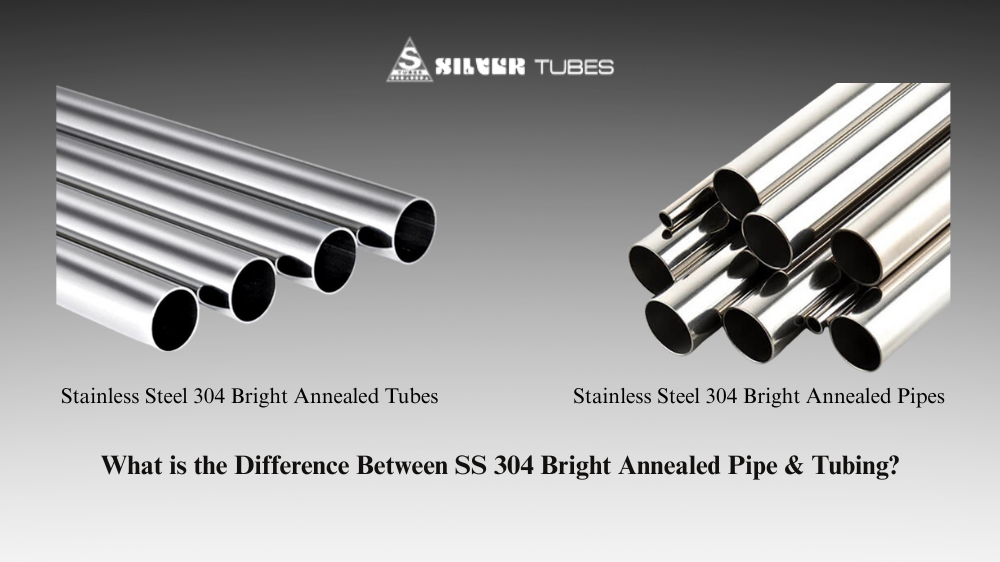As an expert in pipe manufacturing and materials, I am often asked about the differences between 316I Electropolished pipes and Stainless Steel 316L pipes. For those unfamiliar with these two types of pipes, it can be quite confusing to determine which one to use in certain applications. In this blog post, I will explain the differences between these two types of pipes and help you understand which is best suited for your particular needs.
316I Electropolished Pipe
316I Electropolished Pipe is a stainless steel piping treated with an electrochemical process known as electropolishing. This process involves passing the pipe through a sulfuric or nitric acid bath at an electrical current, which removes small particles and creates a smooth surface finish. The result is corrosion resistance and greater durability.
Stainless Steel 316L Pipes
Stainless Steel 316L Pipes are ideal for a variety of uses due to their high corrosion resistance, excellent mechanical properties, and weldability. They’re also resistant to harsh chemicals and capable of handling higher temperatures than many other metals. Their composition makes them extremely durable and resistant to corrosive agents like chlorine and sulfur, making them an ideal choice for industrial applications that require corrosion resistance.
Understanding the Differences Between 316l Electropolished Pipe and Stainless Steel 316L Pipes
Composition
The main difference between 316I Electropolished and Stainless Steel 316L pipes is their chemical composition. Both are made up of elements like iron, carbon, nickel, and chromium. However, the Electropolished pipes are also treated with a special process that removes the outer layer of the pipe, leaving a smooth and clean surface. This process helps improve the pipe’s corrosion resistance and makes it easier to clean and maintain.
Corrosion Resistance
Another key difference between 316I Electropolished and Stainless Steel 316L pipes is their corrosion resistance. While both types of pipes are highly resistant to corrosion, the Electropolished pipes have been treated with a special process that makes them even more resistant. This makes them ideal for applications where the pipes will be exposed to harsh chemicals, acids, or other corrosive substances.
Durability
When it comes to durability, both 316I Electropolished pipes and Stainless Steel 316L pipes are highly resilient and can withstand a great deal of wear and tear. However, the Electropolished pipes may have a slight edge in this area due to their special treatment process. This process makes them more resistant to scratching and abrasions, which can help to extend their lifespan and reduce the need for repairs or replacements.
Cost
The cost is one of the biggest considerations when choosing between 316I Electropolished pipes and Stainless Steel 316L pipes. While both types of pipes are relatively affordable, the Electropolished pipes are slightly more expensive due to their special treatment process. However, the added durability and corrosion resistance may be worth the extra expense, especially in applications where the pipes will be exposed to harsh conditions.
Applications
Lastly, it is important to consider the specific applications for which the pipes will be used. While both types of pipes are highly versatile and can be used in many applications, the Electropolished pipes may be better suited for certain applications. For example, they are an ideal choice in the food and beverage industry, as they are easily cleaned and corrosion-resistant. On the other hand, Stainless Steel 316L pipes may be a better choice for applications where cost is a primary concern.
Conclusion:
In conclusion, the choice between 316L Electropolished pipes and Stainless Steel 316L pipes will ultimately depend on your specific needs and the requirements of your particular application. Both types of pipes have unique advantages and drawbacks, and it is important to consider all of these factors before making a decision. If you need further assistance or guidance in choosing the right type of pipe for your application, don’t hesitate to consult an expert. Their knowledge and expertise can help you make an informed decision and ensure that you choose the right pipe for your needs.







